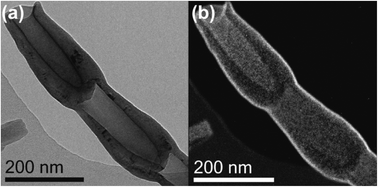The controlled deposition of metal oxides onto carbon nanotubes by atomic layer deposition: examples and a case study on the application of V2O4 coated nanotubes in gas sensing†
Abstract
A new atomic layer deposition (

- This article is part of the themed collection: Chemistry and physics of metal oxide nanostructures

 Please wait while we load your content...
Please wait while we load your content...